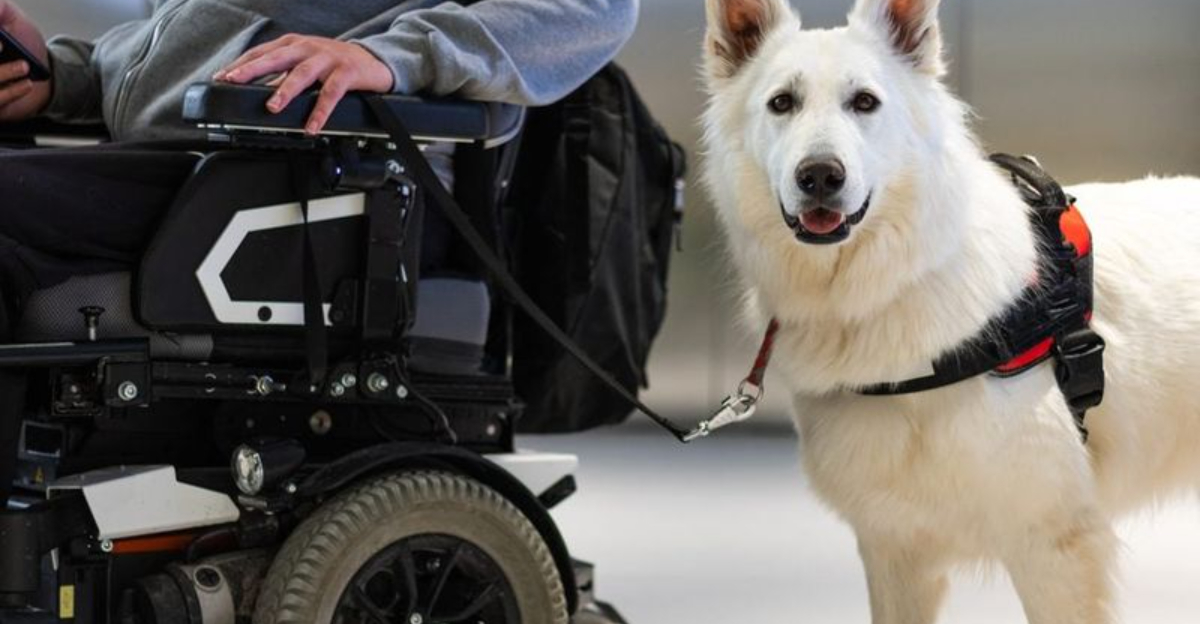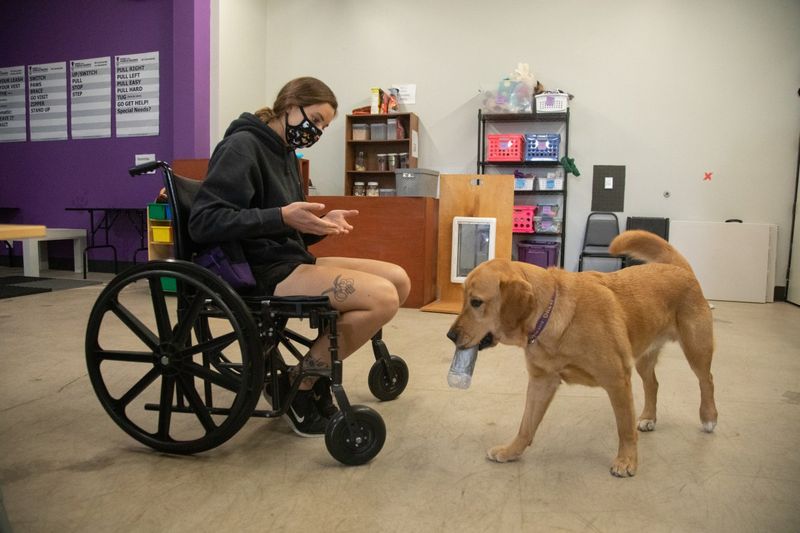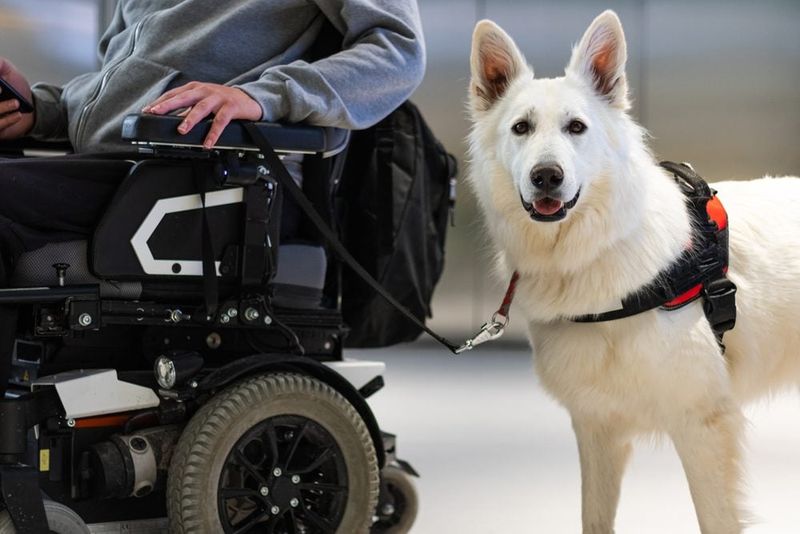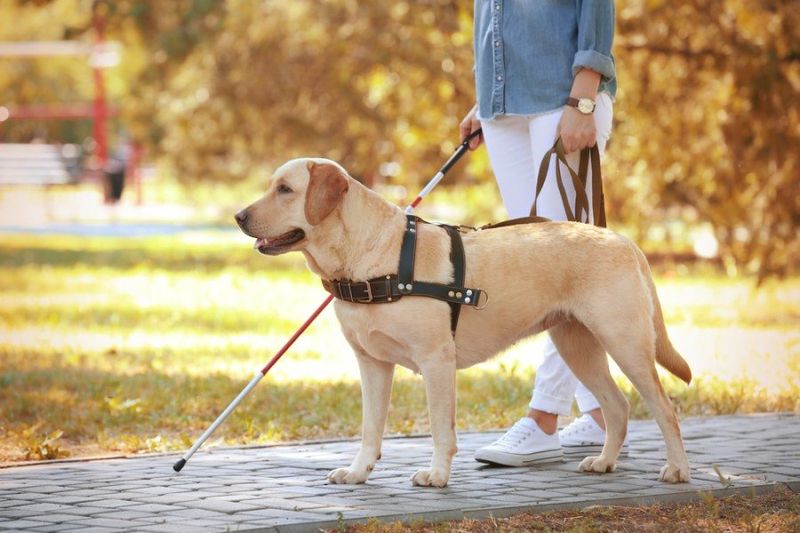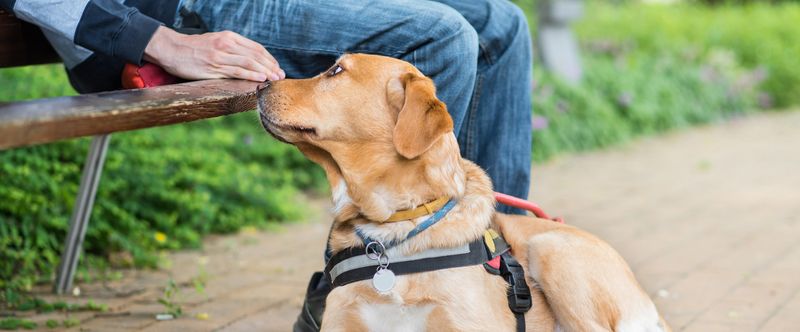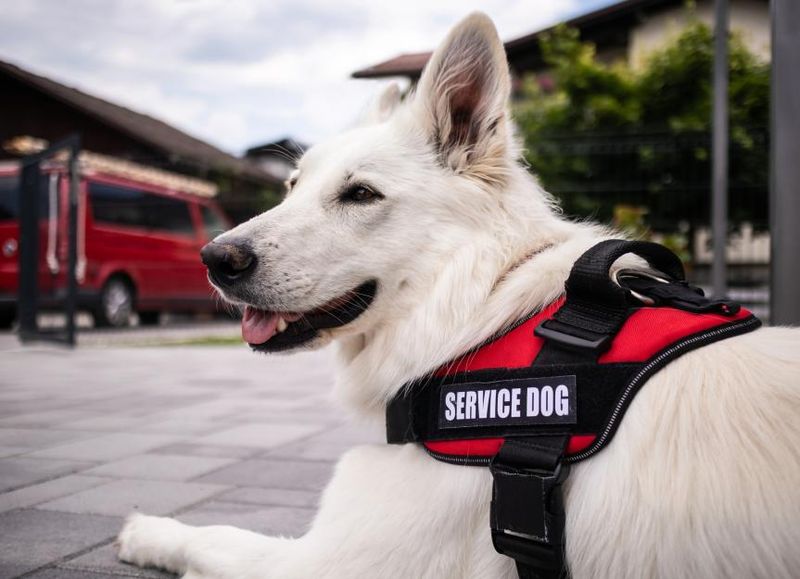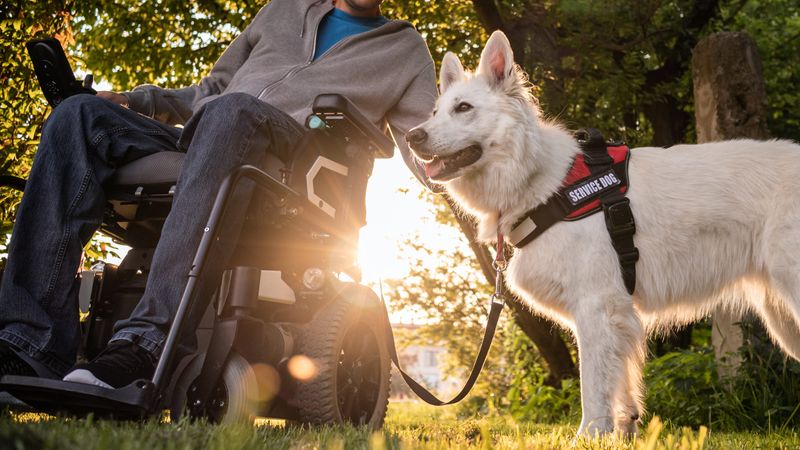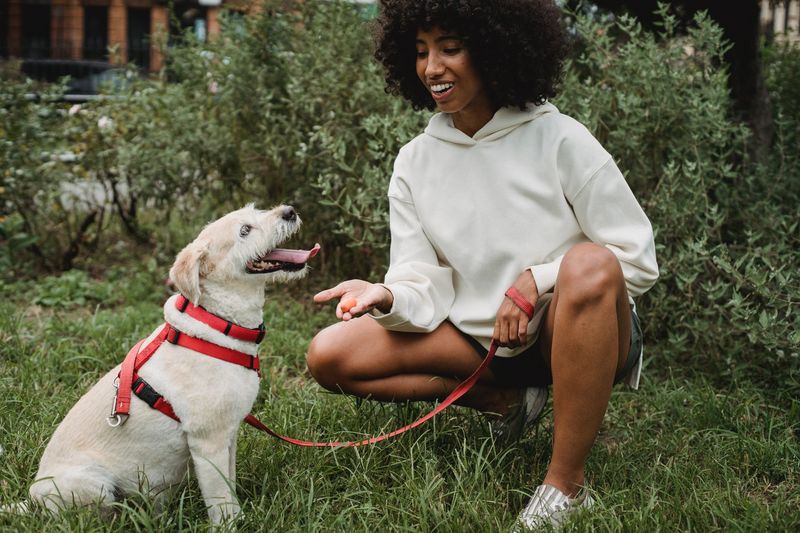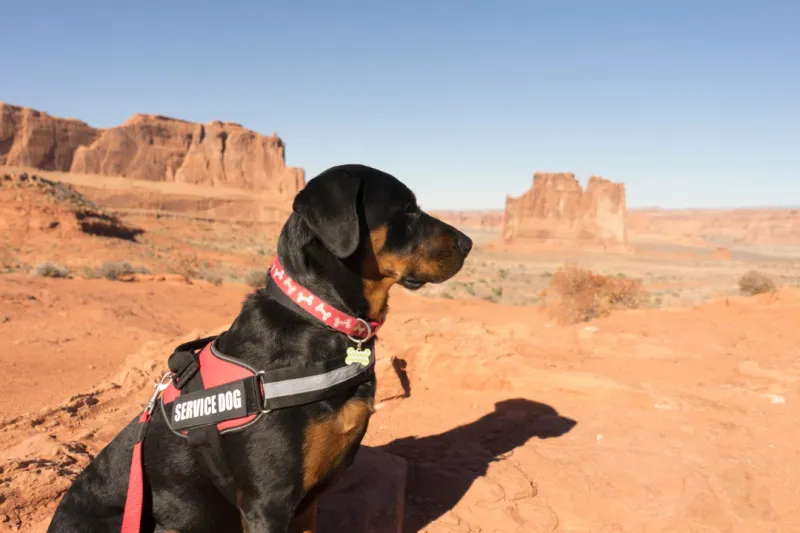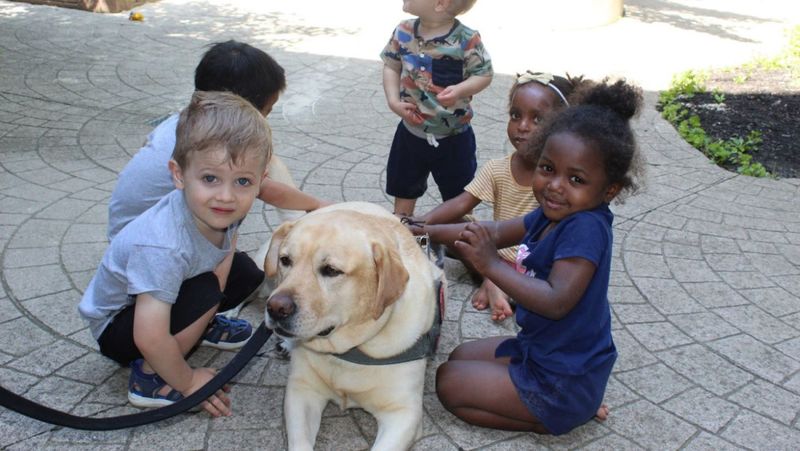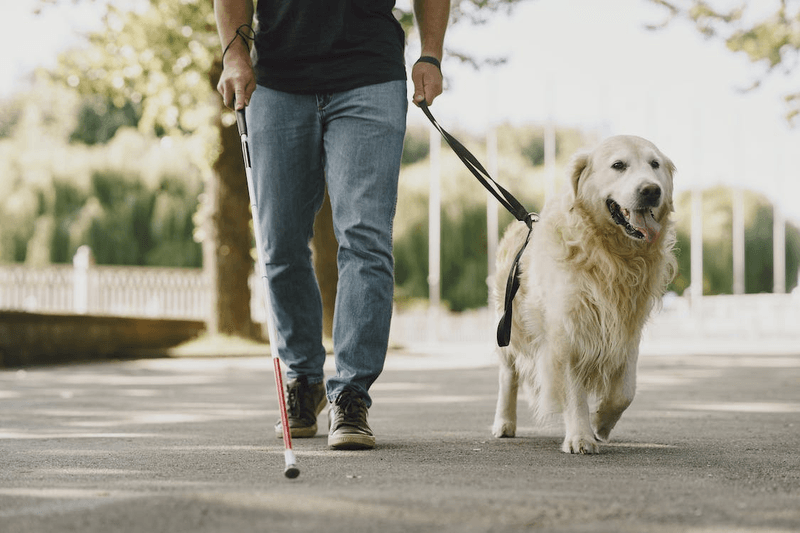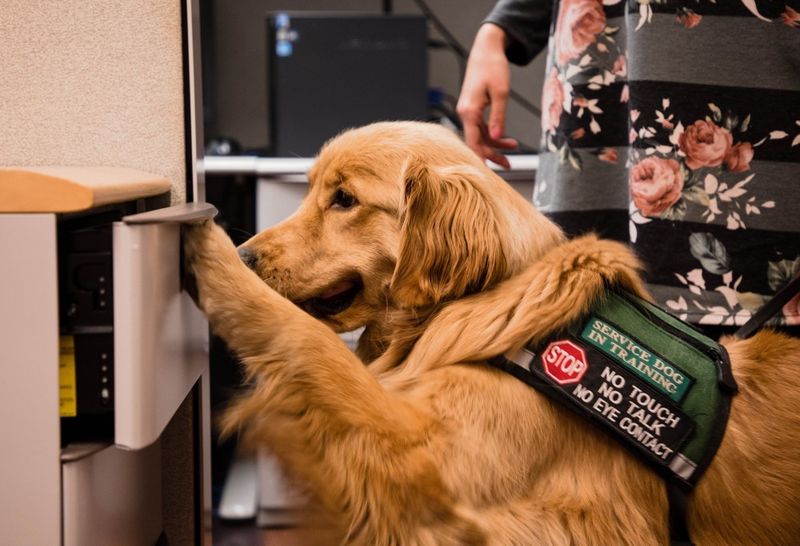Service dogs play a vital role in assisting individuals with disabilities, providing both support and companionship. However, interacting with service dogs requires an understanding of specific guidelines to ensure their ability to perform their duties is never compromised. This blog post outlines 11 golden rules to bear in mind when encountering these incredible animals.
Always Ask Before Approaching
Before you approach a service dog, it’s crucial to ask the handler for permission. Service dogs are working animals, and interrupting them without the handler’s consent can distract them from their duties. Imagine being at your job and having someone constantly try to engage you in conversation; it would likely hinder your focus.
By asking first, you respect both the dog and the handler, ensuring the dog can continue to perform its essential tasks. This small act of courtesy helps maintain the dog’s concentration and effectiveness, ultimately supporting the person who relies on its assistance.
Do Not Distract the Dog
Service dogs are trained to focus on their handler’s needs, and distraction can interfere with their ability to do their job. This means no calling, whistling, or offering treats. Just as you wouldn’t distract a firefighter on duty, a service dog deserves the same respect.
Keeping interaction minimal allows the dog to remain attentive to any commands or situations requiring their immediate attention. Parents should educate children on the importance of allowing these dogs to work undisturbed.
Remember, service dogs are not pets; they are dedicated workers providing critical support.
Respect the Handler’s Space
When you see a service dog and its handler, it’s important to respect their space. Crowding around them can create stress for both, especially if the handler relies on the dog for navigating crowded areas.
Think of it like giving someone on crutches enough room to maneuver without bumping into obstacles. Keeping a respectful distance allows the handler and dog to move freely and comfortably.
This respect ensures that the handler feels secure and the service dog can focus on its responsibilities without unnecessary distractions.
Avoid Petting Without Permission
Petting a service dog without permission can interrupt their concentration and ability to assist their handler. While it might be tempting to give these adorable dogs a pat, remember they are not ordinary pets.
By waiting for the handler’s approval, you help maintain the dog’s focus on their job. This ensures that the service and support they provide is seamless and uninterrupted, akin to not distracting a surgeon during a critical operation.
Always putting the handler’s needs and the dog’s role first is a key part of respectful interaction.
Understand the Service Dog’s Role
Service dogs are trained for specific tasks that aid their handler’s unique needs. Whether it’s guiding the visually impaired, alerting a person to sounds, or providing mobility assistance, each role is vital.
Understanding these roles underscores the importance of not interrupting a service dog at work. They are not just companions; they are essential extensions of their handler’s independence.
Learning about their duties can foster a deeper respect and appreciation for the incredible work they perform daily, making every encounter more meaningful and informed.
Observe from a Distance
Observing a service dog from a distance allows you to appreciate its work without causing interference. It’s much like admiring a painting in a gallery; you can enjoy it without touching.
This approach respects the handler’s space and acknowledges the importance of the dog’s work. By maintaining distance, you contribute to a safe environment that supports the dog’s focus and effectiveness.
It’s a simple way to show respect and admiration for the crucial tasks these dogs perform, reinforcing the importance of their role in their handler’s life.
Don’t Feed the Service Dog
Feeding a service dog can disrupt their dietary regimen and distract them from their duties. They are trained not to accept food from strangers, ensuring they remain focused and responsive to their handler.
Imagine a professional athlete maintaining a strict diet to perform optimally; service dogs require similar discipline. Offering food, no matter how tempting, can lead to unwanted behaviors and health issues.
Respecting their training and regimen is crucial for maintaining the integrity of their role, supporting their handler without compromise.
Recognize the Vest or Harness
A service dog’s vest or harness is a clear indicator of their working status. Recognizing these cues helps the public understand the need to interact appropriately. Just as a uniform signifies a police officer on duty, the vest denotes a service dog’s role.
This recognition can deter inappropriate behaviors like petting or playing, supporting the dog’s ability to focus on tasks.
Acknowledging the vest is one of the simplest ways to respect a service dog and their handler, ensuring their interaction with the public remains smooth and respectful.
Teach Children About Service Dogs
Educating children about service dogs fosters respect and understanding from a young age. Kids are naturally curious and may want to approach or pet the dog. Teaching them the importance of these animals’ work can prevent unintentional distractions.
Consider it a lesson in respect and empathy, akin to understanding the roles of various community helpers. This education ensures children grow up appreciating the unique contributions these animals make.
By instilling these values early, you help create a society that supports and respects service dogs and their handlers.
Offer Assistance, Not Interference
Offering assistance without interfering allows handlers and their service dogs to navigate public spaces more comfortably. If you see a handler who seems to need help, offer support rather than stepping in uninvited.
Think of it like lending a hand to someone carrying heavy bags; the intention is helpful, not intrusive. By asking first, you respect their autonomy while providing aid when needed.
This approach fosters a supportive environment where handlers feel appreciated and respected, acknowledging the partnership they share with their service dog.
Be Respectful and Kind
Kindness and respect go a long way in creating a supportive environment for service dogs and their handlers. Simple gestures like smiling and giving space can make public interactions smooth and stress-free.
Consider how you’d like to be treated in a similar situation, and extend that courtesy to them. This kindness acknowledges the important work service dogs perform and the independence they provide their handlers.
By practicing respect and empathy, you contribute positively to the community, enhancing the experiences of those who rely on service dogs for daily assistance.
